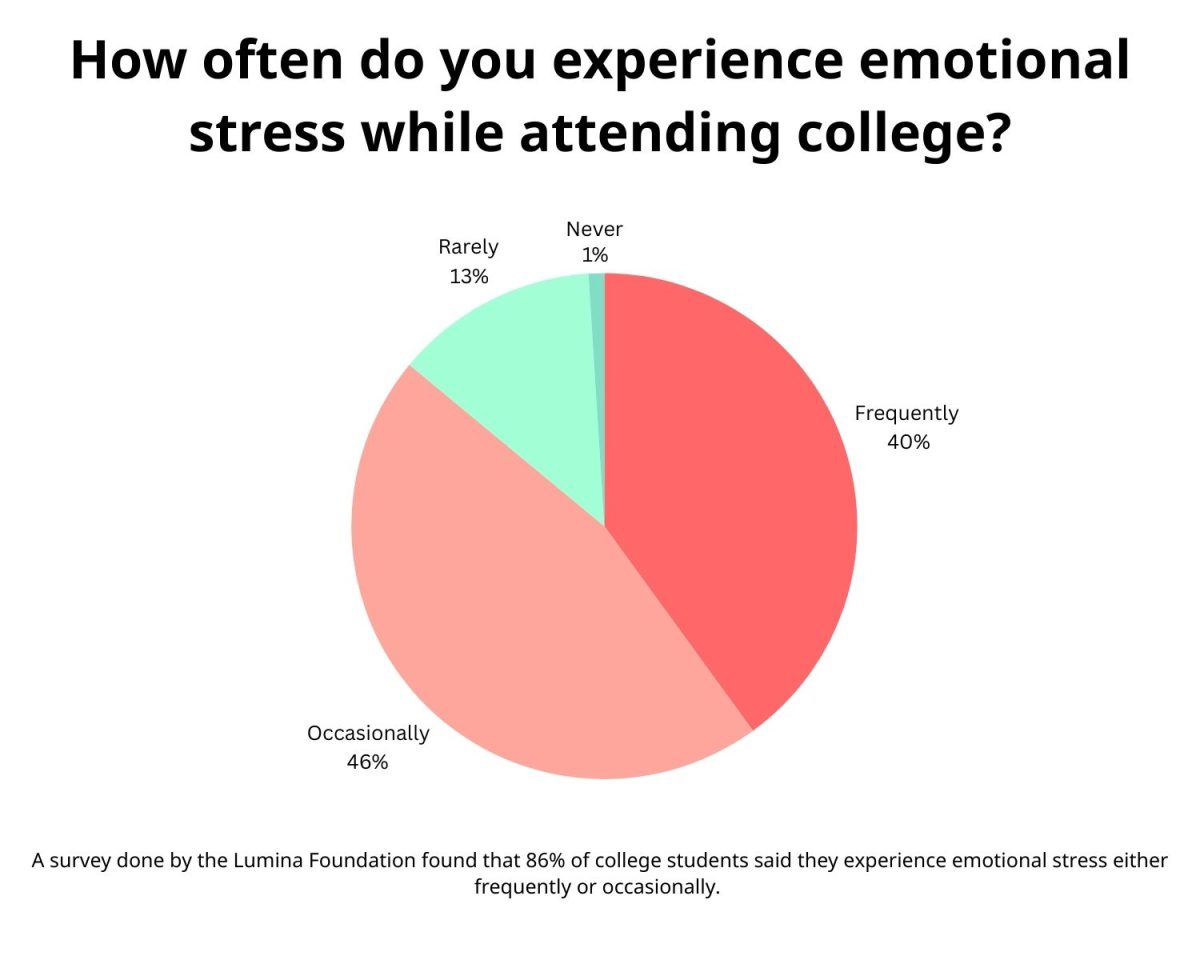Love it or hate it, Halloween is a very old but thriving holiday. According to a survey by Safe Kids Worldwide, more than 70% of Americans plan to participate in 2024.
As a kid, I adored Halloween: the excitement of putting on my Halloween costume, the decorations across the neighborhood, the cold air of the night filling up my lungs and the delicious candy waiting for me. But not without the watchful eyes of my parents, making sure I would not eat all of it in one night.
Trick-or-treating has always been one of the most loved traditions in the Western world. I know I have some memories of it that I never want to forget. According to History.com, trick-or-treating is a tradition that goes back to the 19th century.
Trick-or-treating is a time to reconnect with loved ones, explore our community, get to know others and develop social and emotional skills. This tradition helps us feel like we belong in this community, even if we come from somewhere else. It provides a sense of comfort and brings people together.
However, some people dislike this tradition and have valid reasons for doing so. Going door to door on Halloween is just not as popular as it used to be, with concerns about safety, large crowds, disruptive behavior from children and encounters with strangers.
Because of problems like this, we see that Halloween has changed because society has changed. As years go by, people notice problems with traditions and say, “Enough is enough,” taking matters into their own hands to solve them. While some welcome these changes, others feel they disrupt the nostalgia and memories tied to how they normally celebrate Halloween. An example of this change of tradition is the movement to trunk-or-treat.
A newer tradition roaming around is trunk-or-treating, when children and adults go from car to car in a parking lot to collect candy and other treats. This provides a safer, more controlled environment for children to trick-or-treat, a family-friendly atmosphere that accommodates children of all ages. You can meet up with people you already know from your local area and come together to celebrate the holidays together.
This gives trick-or-treating a more controlled and structural environment. It is nice to know that you can stop by your local church, school, mall or museum for a little festivity and fun, especially around the holidays. This causes less stress for parents because they know what to expect instead of dealing with the uncertainties of house-to-house trick-or-treating.
This is great for parents who want their kids to enjoy the Halloween spirit safely. It also allows parents to relax and enjoy the festivities with their children without worrying about the dangers that come with traditional trick-or-treating. I can see why parents and adults would choose this alternative to traditional trick-or-treating. It certainly sounds like a sweet deal.
While others dislike trunk-or-treating because it feels less personal and traditional than traditional door-to-door trick-or-treating, others dislike trunk-or-treating as it feels less spontaneous and authentic compared to traditional trick-or-treating. It is seen as defacing the whole purpose of Halloween, which involves navigating a neighborhood and interacting with different people.
While I can see the pros and cons of both arguments, I think both ideas are great options. Ultimately, they both want the same things: for people to have fun and be safe. Old memories can still be cherished and talked about even when change occurs. Change does not erase the past. Starting new traditions can be a fun adventure. You are making new memories with family and friends and still get free candy. So whether you trick or trunk, in the end, you still get a treat.




